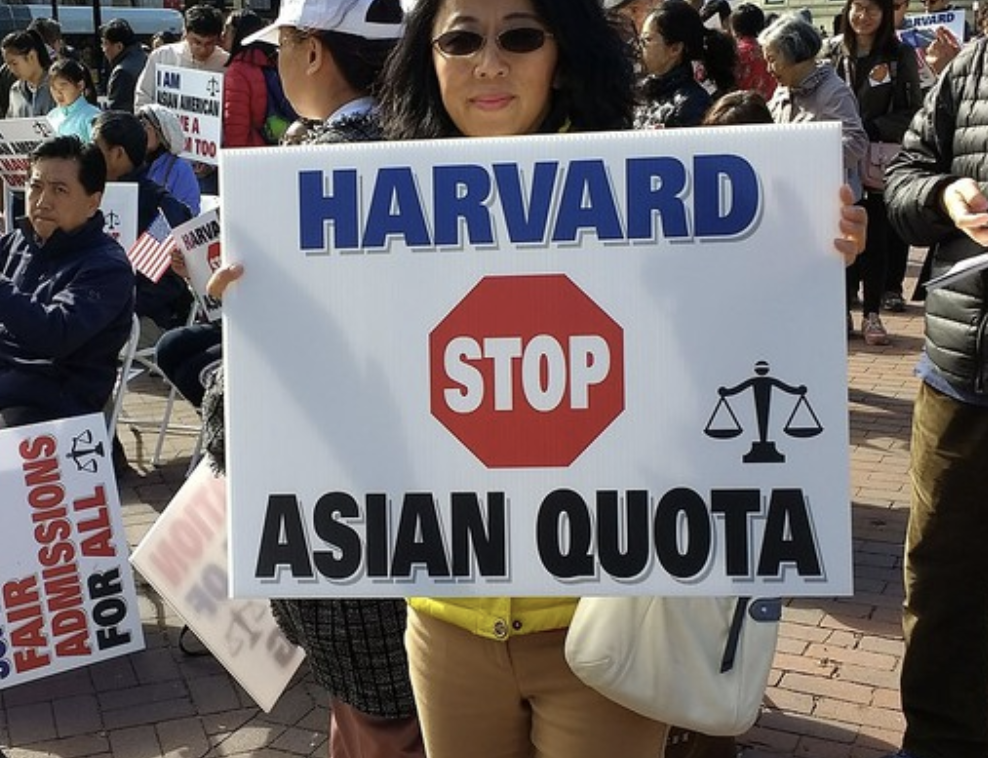For an alternate viewpoint, see “Counterpoint: Affirmative Action Has Ended; the Need for Diversity Hasn’t.”
On June 29, the Supreme Court delivered a 6-3 ruling that essentially prevents colleges from using affirmative action and race-based quotas in the college admissions acceptance process.
As Chief Justice John Roberts wrote, “The race-based admissions systems … fail to comply with the twin commands of the Equal Protection Clause that race may never be used as a ‘negative’ and that it may not operate as a stereotype.” Roberts added, “Eliminating racial discrimination means eliminating all of it.”
So, how should institutions of higher learning proceed in light of the ruling that effectively bans using one’s race as a factor in the admissions process?
For starters, colleges and universities should return to the primary system they relied upon before affirmative action became a feature in the admissions process. By this, I mean that they should rely on merit, principally one’s grades and test scores, to determine if they meet the demands of the university or college to which they seek admission.
Historically, the college admissions process used objective criteria, such as one’s grade-point average, class rank or SAT score, to determine if they met the eligibility standards for entrance. However, in recent years, as the court documented, colleges and universities have relied less on impartial metrics as they seek to broaden the diversity of their student bodies.
As the court ruled, this is an obvious violation of the Constitution, which specifically bans racial discrimination under the 14th Amendment.
As we advance, it would behoove all universities and colleges to follow the letter of the law by disregarding one’s race in the admissions process and solely focusing on one’s academic abilities using straightforward, unbiased criteria. In this, transparency will be of utmost importance.
Of course, this begs the question: What about the practice of “legacy admissions,” wherein schools have tended to give preferential treatment to certain applicants because their family members have attended a particular institution?
The answer is that legacy admissions should come under the same scrutiny as racial quotas because it undermines the doctrine of fairness and objectivity that the court sought to re-inject into the admissions process in the first place.
If a student is applying to a university with a long family history of attending, they should be judged exclusively on their academic record, standardized test scores and extracurricular activities. Just as it is wrong to award bonus points for one’s immutable characteristics, including race, it is also wrong to award bonus points to a student simply because his or her family has a track record of attending (or donating money to) a particular university.
Predictably, some are crying foul about the recent ruling because they claim that minority students don’t have the same access to educational advantages such as private tutors or test preparation courses, which give non-minority students a decided leg up. To this, I would say that the solution is not to engage in racial discrimination but to truly level the educational playing field through unencumbered school choice.
The sad reality is that far too many minority students in the United States are stuck in low-performing (and often dangerous) public schools that do not adequately prepare them for the rigors of higher education. Unfettered school choice, which is being embraced in states nationwide, is a remedy that will allow all students, regardless of their family’s income level, to attend the school that best fits their unique educational needs.
As a former public high school teacher, it is important to note that in recent years, far too many students have been pushed into seeking expensive degrees at colleges and universities that do a pitiful job of preparing them for the real world. Trade schools have become a taboo of sorts in public schools; however, the United States is facing a crisis of not enough skilled craftsmen in integral sectors throughout the economy.
Perhaps it would be worthwhile to abandon the tired talking point that the only path to a successful career is via a four-year program at one of the country’s institutions of higher learning and incentivize students to seek admission into two-year programs or apprenticeships, in which they will avoid huge amounts of student debt and a degree that is not worth the parchment paper it is printed on.

